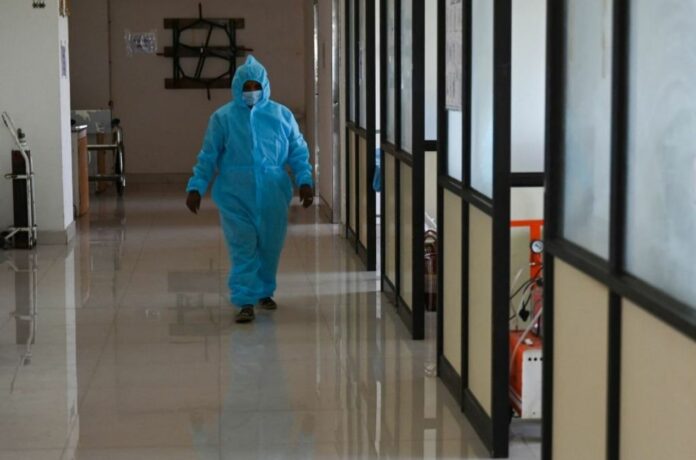While most individuals who contract COVID-19 recover fully, it has been found that around 10-20% of patients experience long-term symptoms following the initial illness.
This condition, known as post-COVID syndrome, is characterized by a range of symptoms such as shortness of breath, cough, fatigue, chest pain, and more.
In addition to these symptoms, patients with post-COVID syndrome are at a higher risk of developing cardiovascular disorders, as well as cardiac dysfunction. However, a recent small-scale clinical trial has shown that hyperbaric oxygen therapy can be effective in promoting restoration of the heart’s proper functioning in patients with post-COVID syndrome. These findings were presented at EACVI 2023, a scientific congress organized by the European Society of Cardiology (ESC).
The findings suggest “that hyperbaric oxygen therapy can be beneficial in patients with long COVID,” remarks study author Professor Marina Leitman. “We used a sensitive measure of cardiac function which is not routinely performed in all centres.”
In a double-blind, randomized controlled trial, researchers assessed the impact of hyperbaric oxygen therapy (HBOT) on the cardiac function of individuals with long COVID. HBOT involves inhaling 100% pure oxygen under high pressure, which can enhance the delivery of oxygen to the body’s tissues. This therapy is especially useful for damaged or inflamed tissues that lack sufficient oxygen. While HBOT has traditionally been used to treat non-healing wounds, decompression sickness in divers, carbon monoxide poisoning, radiation injury, and select infections, this study explores its potential as a treatment option for long COVID patients.
In the study, 60 patients with post-COVID syndrome and ongoing symptoms lasting at least three months after experiencing mild to moderate symptomatic COVID-19 were enrolled. Both hospitalized and non-hospitalized patients were included, while severe COVID cases were excluded. The patients were randomly assigned to receive either hyperbaric oxygen therapy (HBOT) or a sham procedure, with a 1:1 ratio. Over the course of eight weeks, each patient received five sessions per week, totaling 40 sessions. During the HBOT sessions, patients received 100% oxygen through a mask at a pressure of 2 atmospheres for 90 minutes, with 5-minute air breaks every 20 minutes. In contrast, the sham group breathed 21% oxygen through a mask at 1 atmosphere for 90 minutes. Before the first session and 1 to 3 weeks after the final session, all participants underwent echocardiography to assess their heart function.
Left ventricular global longitudinal strain (GLS) was evaluated using echocardiography to determine the heart’s longitudinal contractile and relaxant ability, indicating its overall function and potential early signs of heart disease. Typically, a GLS value of around -20% indicates a healthy heart with the ability to properly contract and relax in the longitudinal direction. Conversely, reduced GLS values serve as an early indicator of ineffective contraction and relaxation of the heart.
Among the 60 study participants, 29 (48%) displayed reduced GLS at baseline, with 13 (43%) and 16 (53%) in the sham and HBOT groups, respectively. The average baseline GLS for all participants was -17.8%. Following the intervention, the HBOT group exhibited a significant increase in GLS from -17.8% to -20.2% (p=0.0001), whereas the sham group displayed no significant difference between their baseline GLS of -17.8% and their post-session GLS of -19.1%.
“It was notable that almost half of long COVID patients had impaired cardiac function at baseline according to GLS despite all participants having a normal ejection fraction, which is the standard method for measuring the heart’s ability to contract. This means that ejection fraction is not sensitive enough to identify long COVID patients with reduced heart function.”
“The findings suggest that HBOT promotes recovery of cardiac function in patients with post-COVID syndrome.
“More research is needed to collect long-term results and determine the optimal number of sessions for maximum therapeutic effect.”
Image Credit: R.SATISH BABU/AFP via Getty Images
